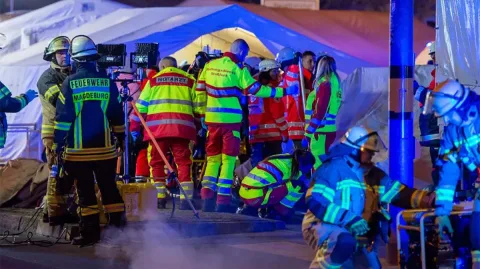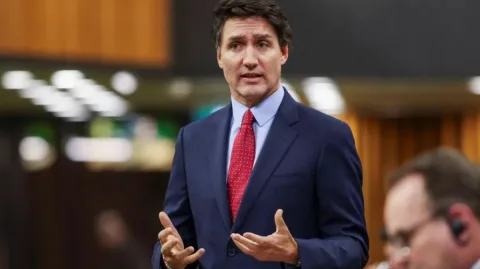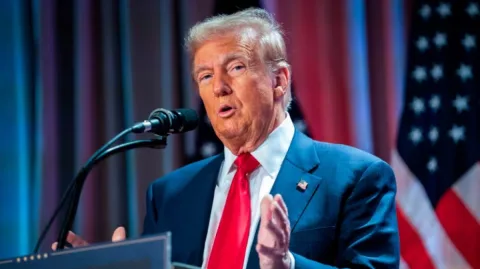The recent arrest of two men in New Jersey–who hoped to fight with al-Shabaab (AS)

The recent arrest of two men in New Jersey–who hoped to fight with al-Shabaab (AS), a Somali militant group with ties to al-Qaeda (AQ)–has highlighted the continuing unrest in this East African country. This follows reports of hundreds of foreign fighters in that country. But what does all of this mean? Has the conflict in Somalia merged with AQ’s global struggle? Will Somalia be the next front in a continuing war on terror? The answer to these questions is more nuanced than most pundits allow, and reveals the subtle threat of transnational terrorism.
The current conflict in Somalia began in the early 1990s, after the death of Mohamed Siad Barre, the country’s long-ruling dictator, and has persisted until today. Somalia came to the attention of George Bush’s war on terror, though, when the Islamic Courts Union–a loose confederation of both moderate and extreme Islamist groups–gained the upper hand in the civil war. The United States supported an alliance of former warlords to counter the Courts, a move backed by Ethiopia, which has geopolitical reasons for opposing a unified Islamist government in Somalia and invaded the country in 2006.
Under pressure from US and Ethiopian actions, the Courts were replaced by a pro-Ethiopian government, which in turn fell to the Islamists. This turmoil led to a fracturing of the movement, with a moderate Islamist leader–Sharif Sheikh Ahmed–taking over a transitional government, and the more radical elements cohering into AS. AS is now waging a bitter struggle against the transitional government, which includes brutal repression of civilians under its control and horrific suicide attacks.
Both AQ and AS are certainly trying to make this conflict appear part of a global effort. Osama bin Ladin has released statements praising AS, while AS has cheered bin Ladin’s outreach, and even welcomed its designation as a terrorist group by the United States. There has been a stream of militants traveling to fight with AS; some of these were recruited from the US Somali diaspora, while others may be have been organized by AQ. And AS has threatened to send fighters to Yemen in the event of US action there.
But one can also question the global scope of the conflict. AS is often caught up in Somalia’s recurrent clan disputes, and local concerns appear as important as religion. Fighting has broken out between AS and its former ally Hizb al-Islam, indicating the lack of a unified radical front in the country. Also, Somalis are less than happy with AS, and several moderate Islamic groups are actively resisting AS’ presence. Finally, it is unclear if AQ would even be able to operate from Somalia, as the chaotic state of the country would not serve as an effective safe haven.
Understanding the nature of the Somali conflict thus requires moving beyond a dichotomous choice between global monolith and tangential actor. AS has been framing its actions in terms of a global struggle and playing up its connections to AQ for domestic and international audiences. Much of this is likely strategic, but it still attracts foreign fighters, as well as funding and rhetorical support. Also, certain tactics–most notably suicide bombings–have diffused into the Somali conflict, where they had for the most part been absent.
This does not indicate AQ and AS will merge and launch attacks against the United States. But the AQ-AS interactions are altering the conflict. The use of suicide bombings is partly due to these transnational influences, as AS’ desire to be seen as connected to AQ would lead it to adopt AQ’s tactic of choice. And while AS’ framing of its struggle in global terms may be a cynical ploy to gain resources and attention, it does mean the group will adjust its strategy to fit the frame. This includes violent attacks against Sufi groups and civilians, which serve little strategic purpose. These transnational influences on the conflict increase its destructiveness, even if AS never conquers Somalia.
What does this mean for the United States? The policy implications are not as simple as they would be if AS represented a global threat or a local disturbance. Somalia is, and will likely remain, a regional conflict, which threatens to spill over into neighboring countries but will not directly affect US interests. That being said, the transnational influences on the conflict may make it even more protracted, heightening the humanitarian impact. And AS’ global appeal will continue to attract foreign fighters, who may return home and carry out other attacks. The most lasting impact of this conflict, though, could be the inspiration it provides to like-minded groups around the world.
The nuanced nature of this threat requires a nuanced response. Steps to interrupt the flow of fighters and resources–such as the recent arrests–will be useful, as will information campaigns to decrease the appeal of the AQ/AS message. And dedicated support for Ahmed’s government would both hold off AS’ advance and provide a model of a moderate Islamist government for other countries to follow. Most importantly, though, the United States must avoid overreacting, or–as has often been the case with Somalia–ignoring this crisis, hoping it will go away.
Follow Peter Henne on Twitter: www.twitter.com/pehenne





